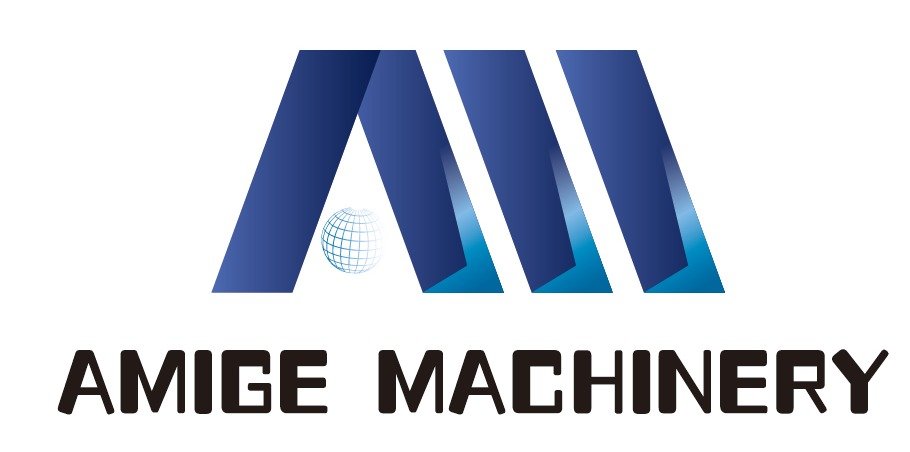Plastic water bottles. They pile up fast. One minute you’re sipping on spring water; the next, you’re knee-deep in a mountain of empty PET bottles. Sound familiar? It’s a real problem—overflowing bins, inefficient recycling, and massive waste. But what if I told you there’s a simple, powerful solution hiding in plain sight? Crushing.
Yes, you can crush plastic water bottles—and you definitely should.
It saves space, makes recycling easier, and boosts efficiency across the board. Whether it’s for industrial processing or home use, crushing bottles helps cut down on transport emissions, storage, and landfill waste. Simple act. Big impact.
Before you start stomping bottles like a maniac, let me walk you through the why, the how, and the machines behind the magic.
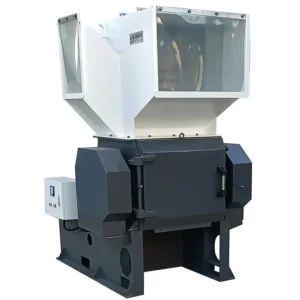
Why should we crush plastic water bottles?
Let’s get the obvious out of the way—space.
Uncrushed bottles take up a lot of room. Multiply one by a million (not an exaggeration), and suddenly storage becomes a logistical nightmare.
Crushing bottles reduces their volume by up to 80%. That means fewer trips to recycling centers, fewer bins overflowing in public parks, and fewer excuses for inefficient recycling.
Not to mention, compressed bottles are less likely to end up blowing away into oceans or clogging landfills. The flatter they are, the harder they are to escape.
What types of plastic water bottles can be crushed?
Most water bottles are made of PET—polyethylene terephthalate.
It’s strong, lightweight, and highly recyclable. Perfect for crushing.
You can crush:
-
Clear PET bottles
-
Colored PET bottles
-
Bottles with labels on
-
Bottles with minor residual water
Just make sure to remove the cap, which is usually made from HDPE. Crushing with the cap on traps air and makes the process less efficient.
Some modern machines even separate the caps during crushing. Technology is amazing.
Can plastic bottle caps be crushed too?
Short answer: Yes, but separately.
Caps are made of a different plastic—HDPE or PP. Crushing them along with PET can contaminate recycling streams.
Many recycling plants demand separation to avoid cross-contamination. That’s why at Amige, we always recommend either manual separation before crushing or using machines equipped with automatic separation features.
Also, ever heard a bottle pop in a crusher? That’s air pressure fighting back. Take off the cap and save your eardrums (and machine).
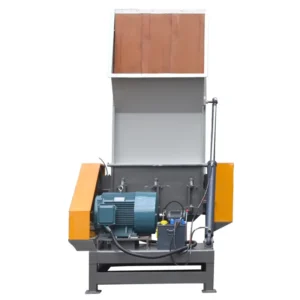
What kind of machines are used to crush bottles?
Ah, now we’re talking my language.
At Amige, we manufacture plastic crushing machines specifically designed for high-speed, high-efficiency processing of plastic bottles. Think of them like hungry mechanical beasts—once they start chewing, there’s no stopping them.
Our machines are:
-
Equipped with stainless steel blades
-
Built for continuous operation
-
Designed with safety hoods and noise insulation
-
Energy-efficient with auto-stop features
Some even come with integrated conveyors and sorting units. Want to see them in action? I’ve got demo videos that make recycling look like art.
Is it safe to crush bottles at home?
For household use, yes—but with caution.
You don’t need industrial machines to flatten bottles. Foot-stomping works (it’s oddly satisfying too). There are even hand-operated crushers available online that do the job without breaking a sweat.
But be careful:
-
Always remove the cap
-
Avoid slipping
-
Don’t attempt crushing large volumes unless you have the proper setup
Still, for businesses or community centers, investing in a proper mini plastic crusher can make things faster and safer.
How does crushing improve recycling efficiency?
Oh, where do I begin?
-
Logistics: Crushed bottles take up less space, reducing transport frequency and cost.
-
Sorting: Flatter bottles are easier to scan and sort by recycling robots.
-
Contamination reduction: When done properly (caps removed), crushed bottles reduce cross-material mixing.
-
Energy: Pre-crushed materials require less energy during reprocessing.
Bottom line? The cleaner and smaller the bottle, the smoother the recycling process.
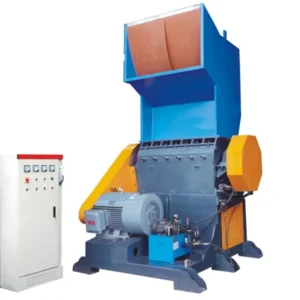
Can bottle crushing generate profit?
Now you’re speaking like a CEO.
Yes. Crushing adds value.
When you deliver pre-crushed materials to recyclers, you often get better rates per kilogram. Why? Because you’ve already done part of the work.
Businesses like beverage manufacturers, event venues, and plastic recyclers can:
-
Save on waste disposal fees
-
Sell compacted PET at higher prices
-
Increase storage efficiency
Some even turn crushed bottles into PET flakes and sell them directly to textile or packaging industries. That’s vertical integration, and it smells like profit.
What happens to crushed bottles after recycling?
They begin a new life. Literally.
Crushed PET bottles are shredded into flakes. These flakes are:
-
Melted down
-
Reformed into fibers
-
Spun into clothing, carpets, or more bottles
In fact, some brands now use 100% recycled PET for their water bottles. That’s the magic of circular economy. And it all starts with a crush.
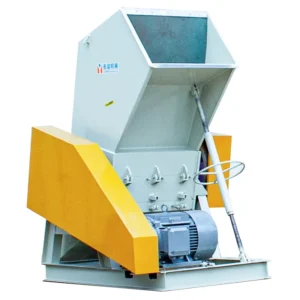
Are there any environmental risks to crushing?
If done wrong, yes.
Crushing bottles with caps still on may trap air. That can explode during shredding.
Mixing different plastics (PET and HDPE) can lead to recycling contamination.
Improper cleaning before crushing can result in bacterial growth or chemical residue.
But with proper training and equipment—like we provide at Amige—those risks drop to near-zero.
We even have auto-clean systems in some machines. No gunk. No guesswork.
So… should we all be crushing?
If you drink bottled water, manage waste, or run a plastic recycling business—absolutely.
Crushing is one of those low-effort, high-impact solutions. It’s cost-effective. It’s eco-friendly. And it just makes sense.
Whether it’s at home with your foot or at an industrial level with our machines, crushing bottles is the first step toward a cleaner planet and a smarter supply chain.
Conclusion
Yes, crush those plastic water bottles—responsibly, efficiently, and often. It’s good for the planet, your wallet, and your sanity. And if you need a crusher? You know who to call. 😉
